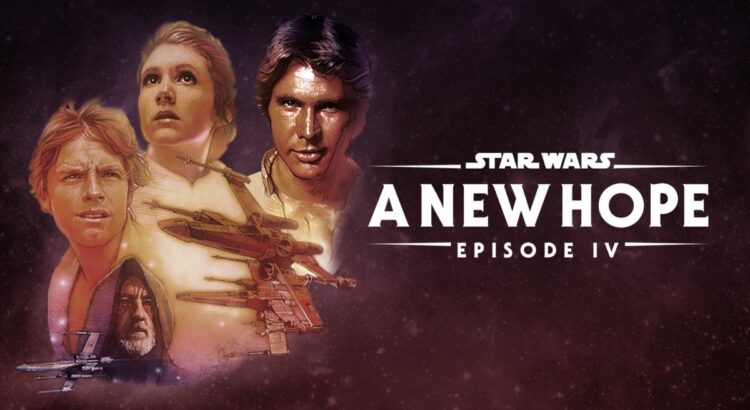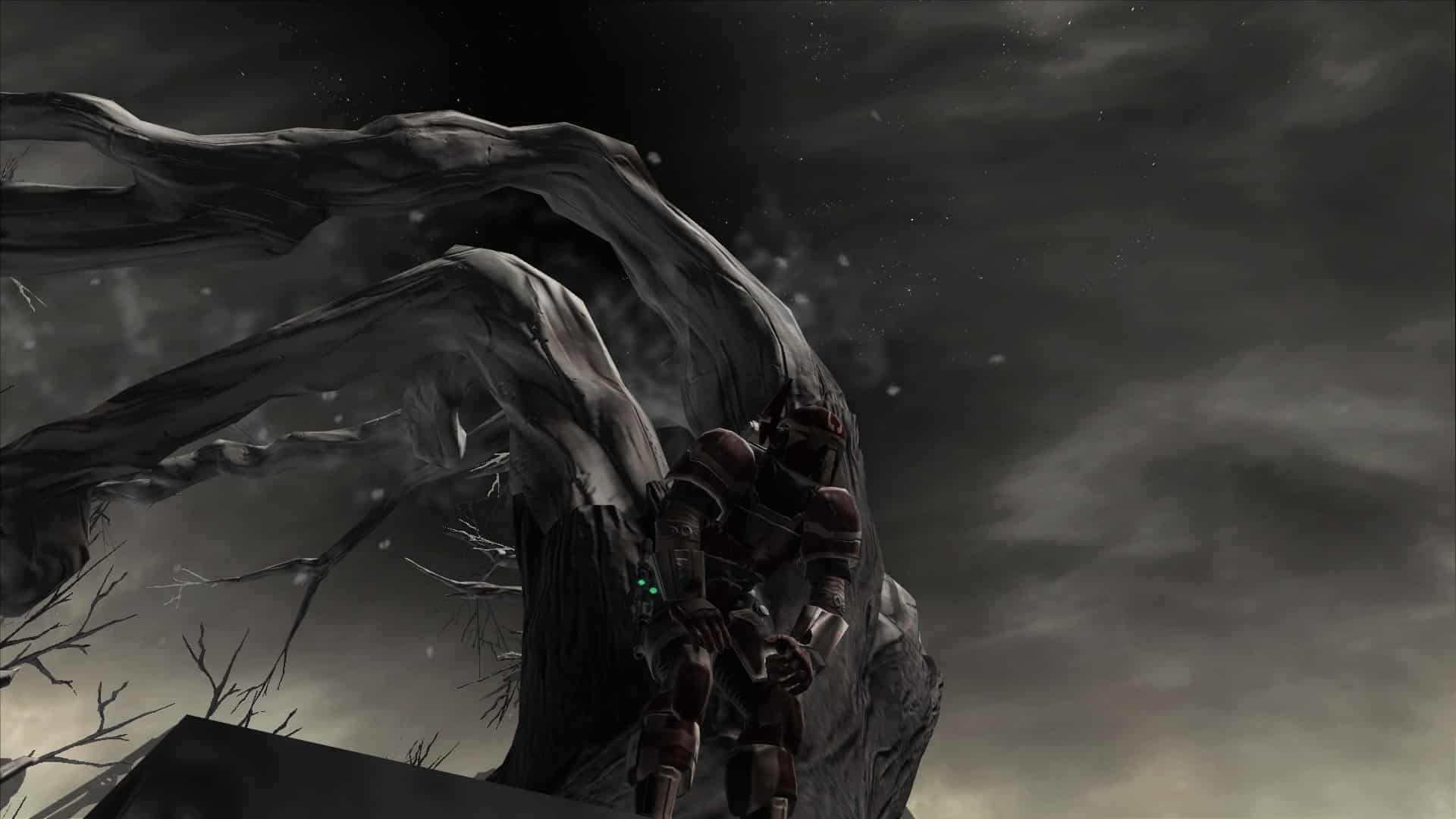In 1977, the world of cinema changed forever. A film by the name of Star Wars, later subtitled A New Hope, hit the big screen, forever altering the course of sci-fi and fantasy storytelling. Created by the imaginative genius, George Lucas, the movie invited audiences to step into a universe filled with captivating characters, incredible alien species, and epic battles between good and evil. A New Hope sparked a phenomenon that transcended the realms of film, creating an enduring legacy that continues to captivate audiences worldwide.
The Seed of a Sci-Fi Revolution: Conception of Star Wars: A New Hope
George Lucas, fresh off his success with American Graffiti, set out to create a space opera inspired by the serials and comic books of his youth. The creation process was anything but smooth sailing. From countless script revisions to budgetary constraints and skeptical studio executives, Lucas had to navigate a minefield of challenges. But like a Jedi Knight staying true to his mission, he persevered, and the world of Star Wars was born.
Characters: The Heart and Soul of A New Hope
Star Wars: A New Hope introduced us to an ensemble cast of richly drawn characters:
- Luke Skywalker: Our farm boy turned hero, destined for greatness beyond his wildest dreams.
- Princess Leia Organa: The fearless royal with a will of steel and a heart for rebellion.
- Han Solo: The roguish smuggler with a heart of gold, always ready with a wisecrack.
- Darth Vader: The menacing Sith Lord, whose heavy breathing alone sends chills down the spine.
- Obi-Wan Kenobi: The wise and seasoned Jedi Knight, instrumental in setting Luke on his path.
- R2-D2 and C-3PO: The lovable droid duo, providing both invaluable assistance and comic relief.
A New Kind of Storytelling: A New Hope’s Narrative Impact
A New Hope’s narrative struck a chord with audiences worldwide. Its tale of ordinary individuals rising against an oppressive regime resonated deeply, while its layered mythology and moral dilemmas added depth and complexity. It wasn’t just about laser sword fights and spaceship battles; it was a tale of hope, resilience, and the enduring struggle between good and evil.
FAQs About Star Wars: A New Hope
Why was Star Wars later subtitled ‘A New Hope’? Originally released as Star Wars, the film was later subtitled ‘A New Hope’ to fit into the larger narrative arc when the prequel and sequel trilogies were released.
Who played the main characters in A New Hope? Mark Hamill starred as Luke Skywalker, Carrie Fisher as Princess Leia, Harrison Ford as Han Solo, and Alec Guinness as Obi-Wan Kenobi.
How many Star Wars films are there in total? As of 2023, there are nine main saga films, two standalone films, and three series on Disney+.
A New Hope revolutionized the film industry in numerous ways. It pioneered new special effects techniques, popularized the concept of the summer blockbuster, and demonstrated the immense potential of movie merchandising.
Who were the key behind-the-scenes contributors to A New Hope? Apart from George Lucas, key contributors included producer Gary Kurtz, cinematographer Gilbert Taylor, editor Paul Hirsch, and composer John Williams, among others.
Why did George Lucas start the Star Wars saga with Episode IV? George Lucas had always envisioned Star Wars as a multi-part saga. When he realized that the technology and budget at the time wouldn’t allow him to tell the entire story, he decided to start with what he thought was the most exciting part of the tale.
What awards did Star Wars: A New Hope win? Star Wars: A New Hope was nominated for ten Academy Awards, winning six for categories like Best Visual Effects, Best Original Score, Best Film Editing, and Best Costume Design.
The Visual Spectacle: Pioneering Special Effects and Design
The groundbreaking special effects of Star Wars: A New Hope were nothing short of a revelation. The brainchild of Industrial Light & Magic (ILM), the film’s effects team, the movie brought to life the epic space battles, alien landscapes, and fantastical creatures that were once merely the stuff of imagination. The iconic opening shot of the Star Destroyer, the thrilling Death Star trench run, the light saber duels – each scene was a testament to the innovative spirit of ILM.
Not to forget, the intricate set design and costume details that brought depth and authenticity to this galaxy far, far away. From the rustic charm of Tatooine to the cold, sterile interiors of the Death Star; from the humble robes of the Jedi to the menacing armor of Darth Vader – every visual element was meticulously crafted to immerse viewers in this new universe.
The Sound of Star Wars: John Williams’ Unforgettable Score
A discussion about Star Wars: A New Hope would be incomplete without mentioning the legendary John Williams’ score. The moment the Star Wars theme blares, with its triumphant fanfare and soaring melody, one is instantly transported to the universe of Jedi Knights and Sith Lords, rebel alliances and imperial forces, droids and Wookiees. Williams’ score not only amplified the emotions and the drama but also became an inseparable part of the Star Wars identity.
The Epic Journey: From Script to Screen
Creating the universe of Star Wars: A New Hope was an arduous journey. The film faced numerous hurdles during its production, including budget overruns, filming delays, and skepticism from the studio. Lucas’ vision was grand, and translating it onto the screen was a challenge. However, thanks to the tireless efforts of the cast and crew, the film was finally completed, albeit with a few last-minute changes.
Despite the difficulties, the film was a resounding success, breaking box office records and becoming a cultural phenomenon. The journey from script to screen was indeed an epic one, mirroring the heroic journey of Luke Skywalker himself.
The Power of the Force: Exploring the Mythology
The Force, as introduced in A New Hope, became a central concept in the Star Wars saga. Described by Obi-Wan as “an energy field created by all living things,” the Force added a mystical, spiritual dimension to the Star Wars universe. The idea of the Jedi being able to tap into this energy field for knowledge and power, and the Sith corrupting it for their nefarious purposes, added depth to the narrative and provided a philosophical underpinning to the space opera.
The Endless Appeal of Star Wars: A New Hope
In conclusion, Star Wars: A New Hope isn’t just a film; it’s a cornerstone of popular culture, a narrative masterpiece that continues to inspire and entertain. It’s the spark that ignited the flame of the Star Wars saga, a testament to the power of storytelling and the magic of cinema. The film’s themes of hope, bravery, and redemption are timeless, its characters unforgettable, and its impact undeniable. As we continue to explore the galaxy far, far away, we are reminded that Star Wars is not just a series of films; it’s a universe we live, breathe, and cherish. As the famous scroll says, the saga will continue in a galaxy far, far away, but the roots will always be traced back to A New Hope.
A New Hope – A Timeless Classic
Star Wars: A New Hope did more than just entertain; it inspired, amazed, and set the bar for what was possible in the realm of cinematic storytelling. It marked the beginning of a cultural phenomenon that spans generations, a tale that continues to resonate in the hearts of millions around the globe. As we look back on the legacy of A New Hope, it reminds us that in the face of adversity, there’s always hope, and that each of us has the potential to make a difference. As Obi-Wan Kenobi said, “The Force will be with you, always.”
More than four decades after its release, Star Wars: A New Hope continues to captivate audiences. Its timeless tale of good versus evil, underdogs versus oppressors, and hope versus despair resonates across generations. A New Hope did not just launch a franchise; it created a cultural touchstone, a universal language spoken by millions




